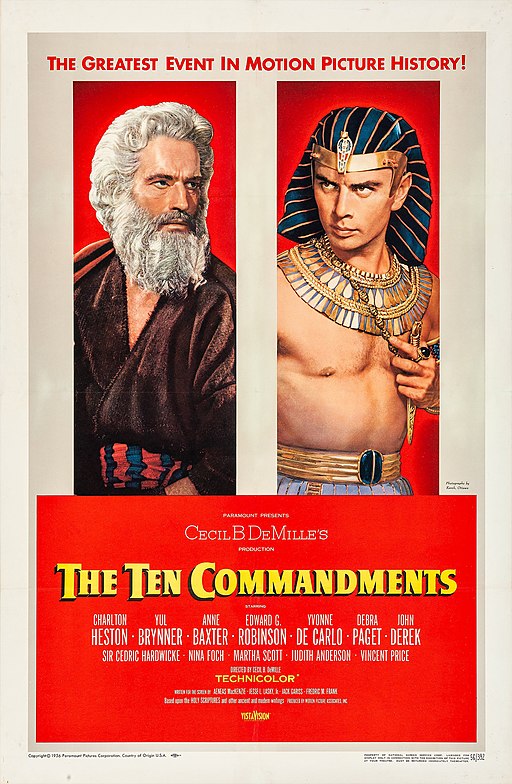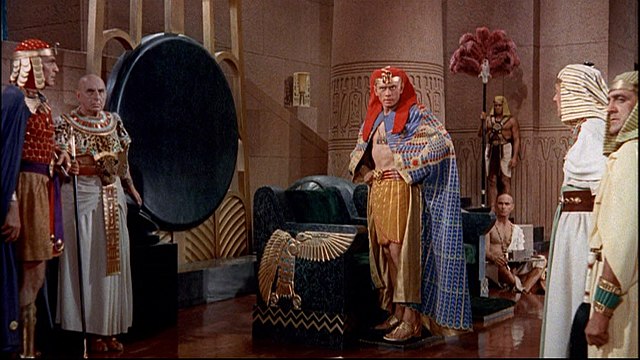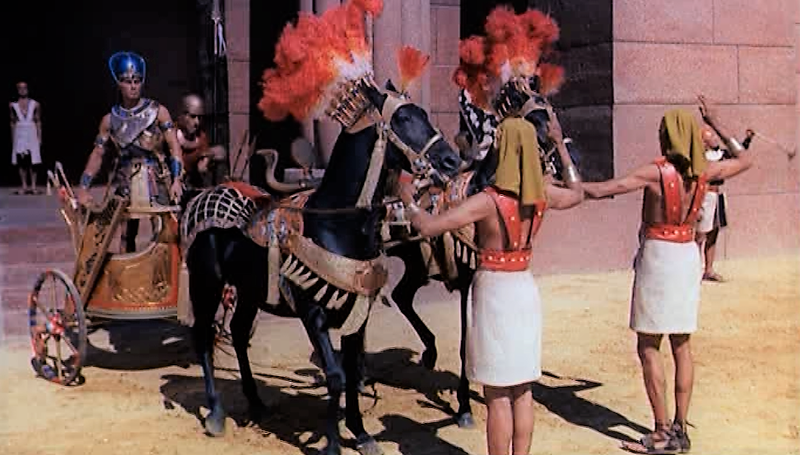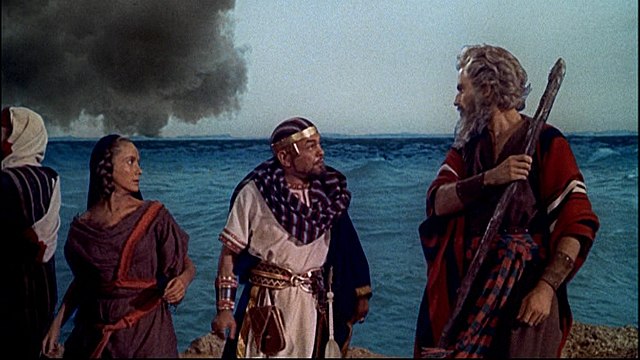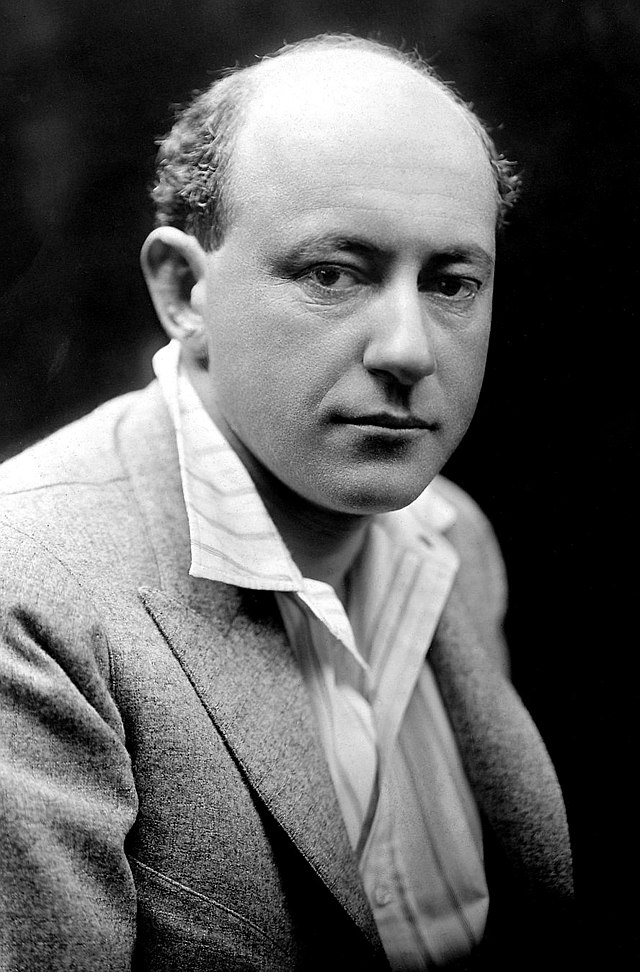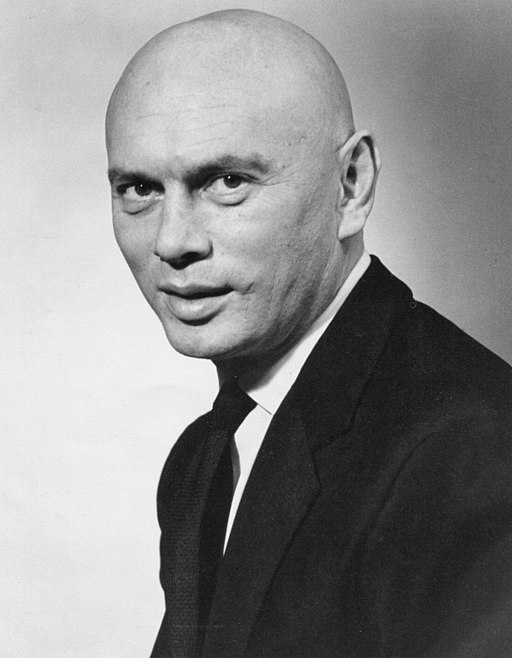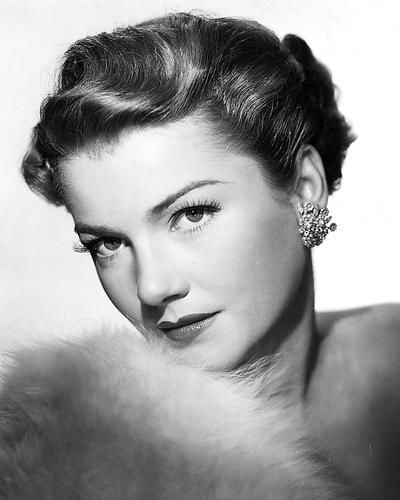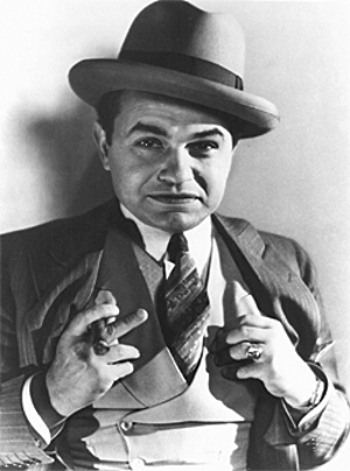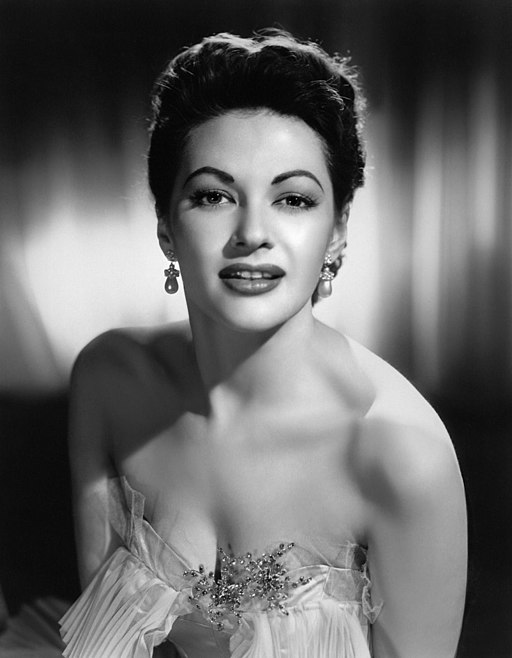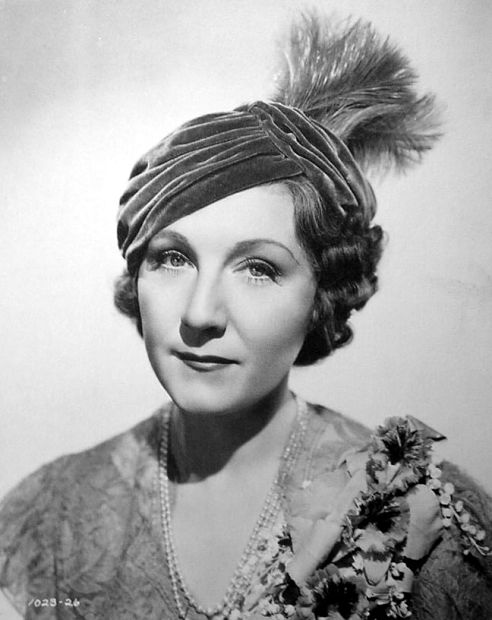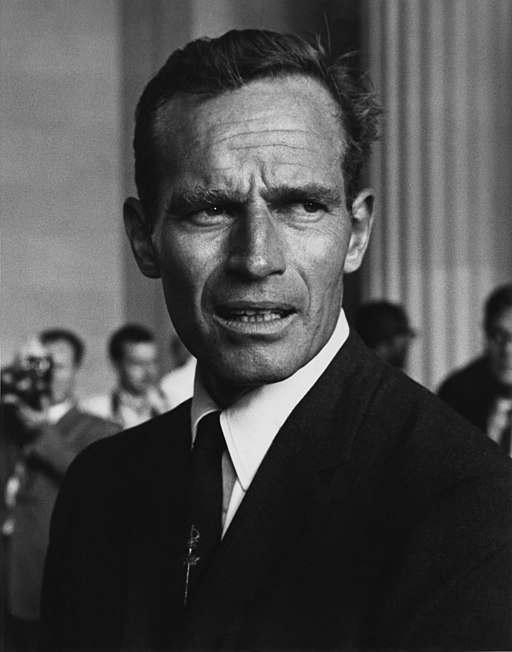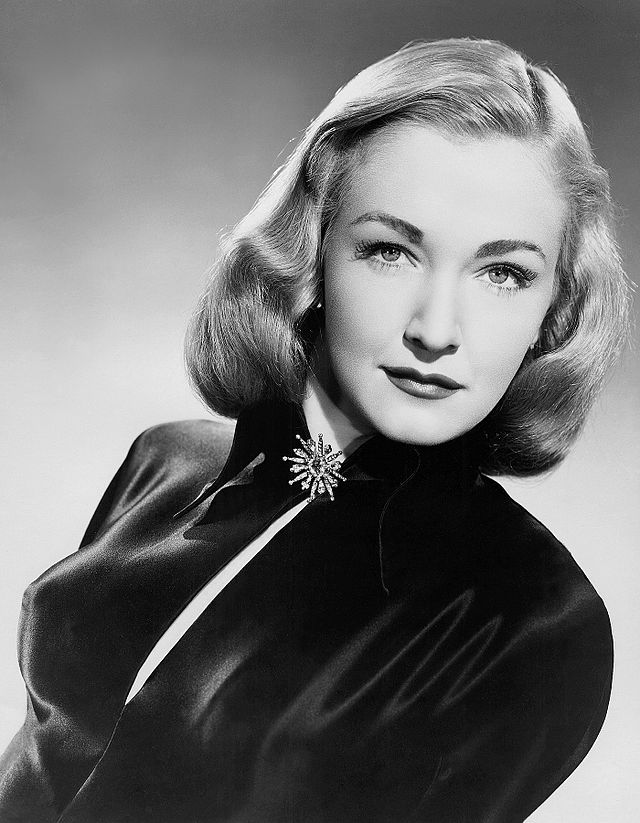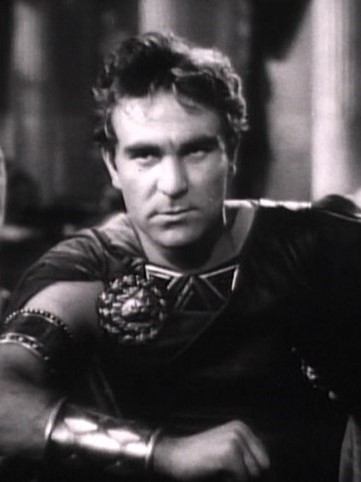The Ten Commandments - 1956
back| Released by | Paramount Pictures |
| Director | Cecil B. DeMille |
| Producer | Cecil B. DeMille |
| Script | Aeneas MacKenzie - Jesse L. Lasky Jr. - Jack Gariss - Fredric M. Frank |
| Cinematography | Loyal Griggs |
| Music by | Elmer Bernstein |
| Running time | 220 minutes |
| Film budget | $13 million |
| Box office sales | $122.7 million |
| Main cast | Charlton Heston - Yul Brynner - Anne Baxter - Edward G. Robinson - Yvonne De Carlo - Debra Pager - Judith Anderson |
The Ten Commandments
A Monumental Biblical Epic
The Ten Commandments (1956), is an epic retelling of the biblical story of Moses, from his discovery as an infant in the Nile to his leading the Hebrews out of Egypt and receiving the Ten Commandments on Mount Sinai.
Starring Charlton Heston as Moses and Yul Brynner as Rameses II, the film combines grand spectacle with deep moral themes, highlighted by impressive special effects like the parting of the Red Sea.
Its influence persists through regular television broadcasts and its definitive portrayal of Moses.
Related
The Ten Commandments – 1956
Summary and Analysis
The Ten Commandments (1956), directed by Cecil B. DeMille, is an epic retelling of the biblical story of Moses, from his infancy to his leading the Hebrews out of Egypt. The film is famous for its grand scale and meticulous historical details.
Prologue: DeMille himself appears on screen to introduce the film and briefly discusses the story's historical context and significance.
Birth and Early Life of Moses:
Sethi's Decree: Pharaoh Sethi I (Cedric Hardwicke) orders the death of all newborn Hebrew males to prevent an uprising. To save her child, Moses' mother Yochabel (Martha Scott) places him in a basket in the Nile River.
Adoption by Bithiah: Moses is found by Bithiah (Nina Foch), Pharaoh's daughter, who raises him as her own son in the Egyptian court.
Rivalry with Rameses: As he grows up, Moses (Charlton Heston) becomes a favored prince and a rival to Rameses (Yul Brynner), who is jealous of Moses' popularity and relationship with Princess Nefretiri (Anne Baxter).
Moses’ Discovery and Exile:
Discovery of His Hebrew Heritage: Memnet (Judith Anderson), Nefretiri's nurse, reveals to Moses that he is a Hebrew. He later discovers this truth from his biological mother Yochabel.
Defending the Hebrews: After witnessing the mistreatment of the Hebrews, Moses kills Baka (Vincent Price), the overseer who abuses Lilia (Debra Paget).
Exile to the Desert: Rameses accuses Moses of treason and forces his banishment into the desert. Nefretiri tries to save him, but Moses accepts his fate.
In Midian and the Burning Bush:
Life in Midian: In the desert, Moses meets Jethro (Eduard Franz) and marries Jethro's daughter Sephora (Yvonne De Carlo).
Burning Bush: Moses encounters the Burning Bush on Mount Sinai, where God commands him to return to Egypt and lead the Hebrews to freedom.
Return to Egypt and Plagues:
Return to Pharaoh: Moses returns to Egypt and confronts Rameses (now Pharaoh after Sethi's death), demanding that he “Let my people go!” Rameses refuses.
Plagues: God sends ten plagues upon Egypt, culminating in the death of the firstborn. Rameses finally agrees to free the Hebrews after losing his own son.
Exodus and the Red Sea:
Exodus: The Hebrews leave Egypt, but Rameses changes his mind and pursues them with his army.
Red Sea Crossing: Moses parts the Red Sea, allowing the Hebrews to escape. Rameses' chariots are drowned when the waters close.
Mount Sinai and the Golden Calf:
Receiving the Ten Commandments: At Mount Sinai, Moses receives the Ten Commandments from God.
Golden Calf: While Moses is on the mountain, Dathan (Edward G. Robinson) leads the Hebrews into idolatry, creating a golden calf. Moses returns and destroys the idol in anger.
Conclusion:
Forty Years in the Wilderness: The Hebrews wander the desert for forty years, during which time Moses guides them.
Moses’ Death: At the film's conclusion, Moses sees the Promised Land from Mount Nebo but is not allowed to enter it. Joshua (John Derek) leads the Hebrews forward.
Official Trailer The Ten Commandments:
Analysis:
Direction and Production:
Epic Scale: Cecil B. DeMille's direction is marked by a grandiose style, particularly evident in the lavish set designs, costumes, and special effects.
Historical and Religious Context: DeMille intertwines biblical narrative with historical research, offering a portrayal that resonates with both religious and secular audiences.
Character Portrayals:
Charlton Heston as Moses: Heston's imposing presence brings gravitas to the character. His transformation from Egyptian prince to Hebrew prophet is convincing and compelling.
Yul Brynner as Rameses II: Brynner's portrayal of the proud and ruthless Pharaoh is dynamic, highlighting his rivalry and internal conflicts.
Themes:
Faith and Leadership: Moses' journey is ultimately a test of faith, both in himself and in God. His leadership inspires others to believe in freedom and justice.
Freedom vs. Oppression: The struggle between the enslaved Hebrews and the Egyptian empire symbolizes the timeless conflict between oppression and the desire for freedom.
Law and Morality: The Ten Commandments represent a moral foundation, emphasizing the importance of ethical laws in society.
Cinematic Techniques:
Special Effects: The parting of the Red Sea remains a landmark achievement in film effects. The use of Technicolor enhances the visual impact.
Score and Cinematography: Elmer Bernstein's score is stirring and memorable, while Loyal Griggs' cinematography captures the vastness and intensity of the story.
Cultural Impact:Enduring Legacy: The film's grandeur, combined with its religious and historical themes, makes it one of the most celebrated epics in cinema history.
Critical and Commercial Success: The Ten Commandments was both a critical and commercial triumph, solidifying DeMille's legacy as a master of epic filmmaking.
In conclusion, The Ten Commandments (1956) is not just a film; it's a cultural landmark that continues to inspire and captivate audiences with its timeless tale of faith, freedom, and divine law.
Full Cast:
- Charlton Heston: Moses
- Yul Brynner: Rameses II
- Anne Baxter: Nefretiri
- Edward G. Robinson: Dathan
- Yvonne De Carlo: Sephora
- Debra Paget: Lilia
- John Derek: Joshua
- Cedric Hardwi: Seti I
- Nina Foch: Bithiah
- Martha Scott: Yochabel
- Judith Anderson: Memnet
- Vincent Price: Baka
- John Carradine: Aaron
- Eduard Franz: Jethro
- Olive Deering: Miriam
- Douglass Dumbrille: Jannes
- Frank DeKova: Abiram
- Henry Wilcoxon: Pentaur
- Ramsay Hill: Korah
- Paul De Rolf: Eleazar
- Woody Strode: King of Ethiopia
- Joanna Merlin: Jethro's Daughter
- Esther Brown: Jethro's Daughter
- Pat Richard: Jethro's Daughter
- Joyce Vanderveen: Jethro's Daughter
- Eduard Franz: Jethro
- Michael Ansara: Taskmaster
- Donald Curtis: Mered
- Lawrence Dobkin: Hur Ben Caleb
- H. B. Warner: Amminadab
- Julia Faye: Elisheba
- William Phillips: Rameses' Son
- Francis J. McDonald: Simon
- Clint Walker: Sardinian Captain
- John Miljan: The Blind One
- Donald Randolph: Meketre
- Lumsden Hare: Rameses' Butler
- Frank Pulaski: Taskmaster
- Gordon Richards: Messenger
- Rodd Redwing: Rameses' Archer
- Leonard Strong: Rameses' Magician
- Abraham Sofaer: Egyptian Guard
- Archie Savage: Egyptian Messenger
- John Hubbard: Semitic Architect
- Julia Faye: Court Lady
- Tom Tyler: The Mighty One of Israel
Analysis of Cecil B. DeMille’s Direction:
Cecil B. DeMille, a titan of early Hollywood filmmaking, was renowned for his ability to orchestrate grand, epic-scale productions. His direction in The Ten Commandments is a masterclass in epic storytelling, blending spectacle with emotional resonance and religious reverence. Here's an analysis of his distinctive direction:
Grand Scale and Epic Vision:
Vast Sets and Visual Splendor:
DeMille created one of the most visually stunning films of its era, with the towering sets of Egypt meticulously crafted to depict temples, palaces, and bustling cities.
He leveraged the sprawling landscapes of Egypt and Mount Sinai to create a sense of scale that emphasized the monumental nature of the story.
Costume and Production Design:
Thousands of extras were dressed in elaborate costumes, representing different classes, cultures, and roles within Egyptian society.
The art direction, led by Henry Bumstead and Hal Pereira, transformed the sets into vibrant representations of ancient Egypt.
Character Development and Performances:
Charlton Heston as Moses:
DeMille's choice of Charlton Heston was pivotal. He emphasized Heston's imposing physique and authoritative voice to portray Moses as both a powerful leader and a deeply human character.
His transformation from prince to prophet was carefully guided to ensure the audience witnessed his internal struggle and growing conviction.
Yul Brynner as Rameses II:
Brynner’s performance was crafted to be a foil to Heston's Moses, embodying arrogance and ruthlessness. DeMille highlighted Brynner's commanding presence and distinctive shaved head, which became iconic.
Supporting Cast:
DeMille balanced a large ensemble cast by giving distinct motivations and arcs to supporting characters, such as Edward G. Robinson's scheming Dathan and Anne Baxter's conflicted Nefretiri.
Religious Reverence and Moral Themes:
Biblical Accuracy and Interpretation:
DeMille treated the source material with reverence, drawing not only from the Bible but also from historical texts and scholarly research to create a faithful yet cinematic retelling.
Moral Undertones:
Themes of faith, freedom, and divine law are woven throughout the narrative. DeMille contrasts Moses’ leadership with Rameses’ tyranny to illustrate the triumph of moral conviction over oppressive power.
The scene where Moses descends from Mount Sinai with the Ten Commandments powerfully underscores the importance of divine law as the foundation of civilization.
Spectacle and Special Effects:
Parting of the Red Sea:
The parting of the Red Sea, one of the most iconic scenes in film history, showcases DeMille's mastery over special effects. The combination of miniatures, rear projection, and water tanks created a breathtaking illusion.
Plagues of Egypt:
DeMille brought each of the ten plagues to life with imaginative effects, from turning the Nile to blood to swarms of locusts, creating a vivid portrayal of divine retribution.
Narrative Structure and Pacing:
Prologue and Epilogue:
DeMille bookended the film with a personal prologue and an epilogue, giving it a theatrical quality and emphasizing its moral message.
Deliberate Pacing:
At 220 minutes, DeMille crafted the film as a slow-burning epic, allowing time to develop character relationships and the broader political and social context of ancient Egypt.
The film is divided into two parts: the rise of Moses and his struggle against Rameses, followed by the Exodus and the journey to Mount Sinai.
Sound and Music:
Elmer Bernstein's Score:
DeMille collaborated closely with composer Elmer Bernstein to create a sweeping score that matched the film’s epic scale. The music underscores moments of triumph, tragedy, and divine intervention.
Sound Design:
DeMille employed sound effects strategically, particularly in the scenes involving the plagues and the Ten Commandments on Mount Sinai.
Conclusion:
Cecil B. DeMille's direction of The Ten Commandments is a testament to his unparalleled vision and mastery over the epic genre. He brought together the best of Hollywood's resources to create a film that not only entertains but also inspires and educates. The meticulous attention to detail, grand spectacle, and moral clarity make The Ten Commandments a landmark in cinema history, solidifying DeMille's legacy as one of the greatest directors of the 20th century.
Charlton Heston’s Portrayal of Moses analyzed:
Charlton Heston's portrayal of Moses in Cecil B. DeMille's The Ten Commandments is often considered one of the defining roles of his career. Heston's performance was central to the film's success, bringing to life a character that is both larger than life and deeply human. Here's a descriptive analysis of his performance:
Physical Presence and Authority:
Commanding Physique:
Heston's imposing 6'3" frame and chiseled features lent credibility to Moses as a charismatic and authoritative leader. His stature made him believable as both a prince of Egypt and a prophet of God.
The progression from a princely figure in luxurious Egyptian garb to the rugged desert prophet added a dramatic transformation that visually represented Moses' journey.
Voice and Diction:
Heston's deep, resonant voice gave his lines a powerful and commanding tone. His delivery of key lines like "Let my people go!" is delivered with such conviction that it became emblematic of the role.
His speech patterns shifted over the film to reflect Moses' evolving identity. As an Egyptian prince, he speaks with refined authority, but as a prophet, his speech becomes more measured and deliberate, befitting a spiritual leader.
Transformation and Character Arc:
Moses as an Egyptian Prince:
In the early scenes, Heston portrays Moses as a confident and compassionate Egyptian prince, admired by his peers and loved by Princess Nefretiri.
He exudes charm and heroism when leading military campaigns or overseeing the construction of Egyptian monuments.
Discovery of His Hebrew Identity:
The moment Moses learns of his Hebrew heritage, Heston effectively conveys his internal conflict. The shock and disbelief on his face when confronting Memnet and then Yochabel reveal a man torn between two identities.
His growing empathy for the enslaved Hebrews is shown through subtle changes in his demeanor, from the initial disbelief to the resolute decision to abandon his princely privileges.
Exile and Return to Egypt:
Heston's portrayal during Moses' exile in Midian reflects a man humbled by circumstance. The rugged desert prophet, now with a beard and simple robes, contrasts sharply with the former prince.
In the Burning Bush scene, Heston embodies Moses' awe and fear, his trembling hands and wide eyes expressing the character's reluctant acceptance of his divine mission.
Leading the Exodus:
Upon his return to Egypt, Heston’s Moses is confident and unwavering. His confrontation with Rameses is marked by calm authority, even in the face of royal defiance.
The ten plagues showcase Heston's range, from compassionate sorrow over the suffering of the Egyptians to righteous anger as God's instrument of punishment.
The Red Sea Crossing:
The iconic scene of Moses parting the Red Sea encapsulates Heston's portrayal as a conduit of divine power. His outstretched arms, intense gaze, and booming voice evoke a sense of destiny and purpose.
Receiving the Ten Commandments:
On Mount Sinai, Heston portrays Moses as a prophet in communion with the divine, his face transformed by special effects to convey a man touched by God's glory.
When he descends from the mountain and discovers the Hebrews worshiping the Golden Calf, Heston’s expression of anger and betrayal is palpable. His fury as he smashes the tablets reveals the depth of Moses' commitment to God's law.
Emotional Complexity and Depth:
Romantic Conflict:
Heston’s chemistry with Anne Baxter’s Nefretiri adds emotional complexity to Moses' journey. Their romantic tension is palpable, especially in scenes where Nefretiri tries to sway Moses away from his mission.
The heartbreak is evident when Moses rejects Nefretiri’s advances, prioritizing his divine calling over their love.
Leadership and Burden:
Heston's Moses carries the burden of leadership with dignity. He embodies the weight of responsibility in scenes where the Hebrews complain and falter, showing a mixture of patience, frustration, and determination.
His despair after God’s refusal to let him enter the Promised Land reflects the depth of Moses' sacrifice.
Iconic Moments and Legacy:
Definitive Interpretation:
Charlton Heston's performance has become the definitive interpretation of Moses in popular culture. His iconic gestures, from raising his arms to part the Red Sea to carrying the stone tablets down Mount Sinai, are etched into cinematic history.
Legacy and Impact:
Heston’s portrayal cemented his reputation as an actor capable of embodying heroic, larger-than-life figures. The role influenced subsequent portrayals of biblical characters in film, setting a high standard for epic performances.
Notable Quotes from the Movie:
Moses (Charlton Heston):
"Let my people go!"
Moses confronting Rameses II, demanding the release of the Hebrews.
"There is a beauty beyond the senses, Nefretiri. Beauty like the quiet of green valleys and still waters. Beauty of the spirit that you cannot understand."
Moses speaking to Nefretiri after his exile in the desert.
"It would take more than a man to lead the slaves from bondage. It would take a god."
Moses in response to Baka's remark about leading the Hebrews.
"Who is on the Lord’s side? Let him come to me!"
Moses commanding the loyal Hebrews to join him after returning from Mount Sinai.
"Go, proclaim liberty throughout all the land, unto all the inhabitants thereof!"
Moses proclaiming freedom after the Red Sea crossing.
"The Lord of Hosts will do battle for us. Behold His mighty hand!"
Moses as he parts the Red Sea.
Rameses II (Yul Brynner):
"So let it be written. So let it be done."
Rameses commanding the fate of the Hebrews.
"Moses, Moses, you stubborn, splendid, adorable fool!"
Rameses speaking about Moses after he spares his life.
"His God is God."
Rameses acknowledging God's power after the death of his son.
"I will not live the life of a vulture, waiting for corpses!"
Rameses rejecting Nefretiri's plan to kill Moses.
Nefretiri (Anne Baxter):
Oh, Moses, Moses, you stubborn, splendid, adorable fool!"
Nefretiri's mixed feelings towards Moses after he chooses to leave Egypt.
"You will be king of Egypt and I will be your footstool!"
Nefretiri to Rameses, expressing her ambitions.
Sethi (Cedric Hardwicke):
"For this you shall drink bitter waters!"
Sethi admonishing Moses after discovering his Hebrew origins.
"And Moses, if it is true, let your own tongue name the punishment."
Sethi demanding Moses' fate after he kills Baka.
Others:
Dathan (Edward G. Robinson):
"Where’s your Moses now?"
Dathan taunting the Hebrews after Moses goes to Mount Sinai.
Jethro (Eduard Franz):
"The man who can conquer the desert will be king."
Jethro testing Moses in Midian.
Awards and Recognition:
Academy Awards (Oscars):
Won:
- Best Visual Effects: John P. Fulton
Nominated:
- Best Picture: Cecil B. DeMille
- Best Art Direction-Set Decoration (Color): Hal Pereira, Walter H. Tyler, Albert Nozaki, and Sam Comer
- Best Cinematography (Color): Loyal Griggs
- Best Costume Design (Color): Edith Head, Ralph Jester, John Jensen, Dorothy Jeakins, and Arnold Friberg
- Best Film Editing: Anne Bauchens
- Best Sound Recording: Loren L. Ryder (Paramount Studio Sound Department)
Golden Globe Awards:
Nominated:
- Best Motion Picture – Drama
Directors Guild of America (DGA) Awards:
Nominated:
- Outstanding Directorial Achievement in Motion Pictures: Cecil B. DeMille
Writers Guild of America (WGA) Awards:
Nominated:
- Best Written American Drama: Aeneas MacKenzie, Jesse L. Lasky Jr., Jack Gariss, and Fredric M. Frank
Laurel Awards:
Won:
- Top Cinematography (Color): Loyal Griggs
Nominated:
- Top Drama
- Top Director: Cecil B. DeMille
National Board of Review (NBR):
Won:
- Top Ten Films of 1956
Berlin International Film Festival:
Nominated:
- Golden Bear Award: Cecil B. DeMille
Online Film & Television Association (OFTA) - 2007 Retro Awards:
Nominated:
- Best Picture
- Best Director: Cecil B. DeMille
- Best Actor: Charlton Heston
- Best Supporting Actor: Yul Brynner
- Best Supporting Actress: Anne Baxter
- Best Original Score: Elmer Bernstein
- Best Editing: Anne Bauchens
- Best Cinematography: Loyal Griggs
- Best Art Direction
- Best Costume Design
- Best Visual Effects
Special Recognitions:
American Film Institute (AFI) Lists:
- AFI's 100 Years...100 Movies (1998): Nominated
- AFI's 100 Years...100 Thrills (2001): Nominated
- AFI's 100 Years...100 Heroes & Villains (2003): Moses (#43 Hero)
- AFI's 100 Years...100 Movie Quotes (2005): "Moses, Moses, you stubborn, splendid, adorable fool!" – Nominated

